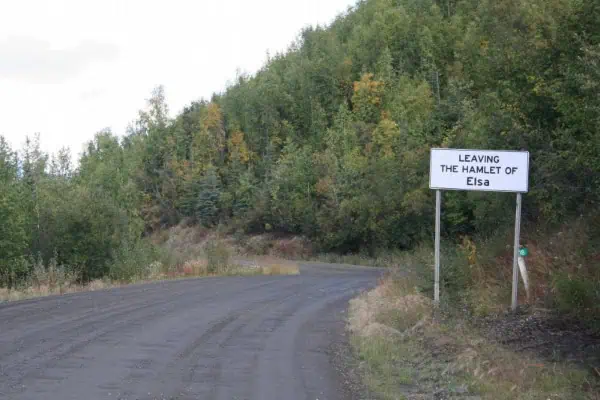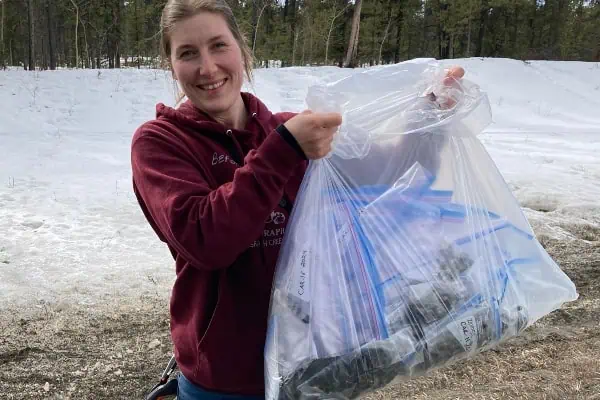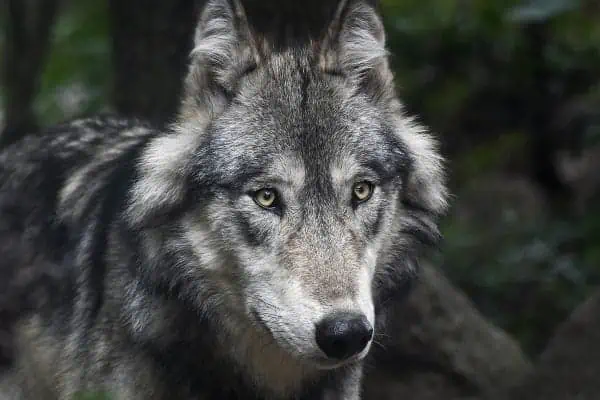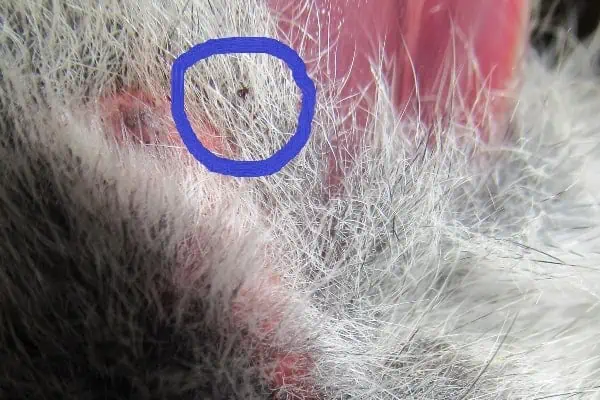“Last year was a big year,” says Scott Cameron, Environment Yukon’s Wildlife Viewing Technician. “We were up to 2,000 swans every day for a few days.”
The height, he says, was April 9, when 2,200 were counted out on M’Clintock Bay. Typically that number is closer to 1,200.
“And early too – usually you expect that around the third week of April or so.”
It’s hard to say what this year’s seemingly early spring will bring, but apparently there were already a few swans spotted in the early days of March.
“But,” Cameron says, “there’s no way to tell if they are early migrants or some who stayed for the winter.”
One thing is for sure: for the month of April, M’Clintock Bay’s Swan Haven will fill with thousands and thousands of migrating birds, and Yukoners will celebrate.
The annual month-long Celebration of Swans will include wildlife photography and watercolour landscape painting workshops, a bird banding demonstration, even a kitchen party in which people are invited bring instruments. On April 10 there will be a new Yukoner day with shuttles, guided walks and a hot dog roast.
And in the background of all this, the sound of a thousand birds calling.
But what brings them all to M’Clintock Bay?
Migrating trumpeter swans pass through the Yukon on their journey from their coastal British Columbia winter homes to the interior of Alaska to mate.
“In the southern Yukon spring usually comes late, and most open water is still frozen,” Cameron explains. “Birds need open water. And it needs to be shallow enough that they can eat the weeds from the bottom.”
For swans this means a maximum depth of 1 metre – that’s as far as their long necks can reach. The water also needs to be nutrient-rich, which incoming sediment from the M’Clintock River provides.
“It all combines as a perfect storm there so the birds can stop on their migration, they can rest, they can eat,” he says. “It’s also quite open there so they can see predators approaching.”
Yukoners aren’t the only ones who come out to Swan Haven each year to take in the sights and sounds of the traveling birds. Foxes and coyotes have been seen stalking the coastline, Cameron says. Eagles will often scavenge dead swans, or attack weak ones.
The human onlookers might be the most appreciative, however.
“We interact with the residents quite a bit,” says Cameron.
The visiting birds gather along the shores of peoples M’Clintock Bay homes. “The general theme I get is one of appreciation and wonder. Even if there are only 1,000 swans out there, there’s probably 5,000 other birds, relatively clustered, making their sounds. The fact is that it happens every spring, like the clocks go forwards. It’s one of those natural rhythms.”
The natural phenomenon might attract up to 4,000 human visitors every year, but we’re still overwhelmingly outnumbered by the amount of birds that stop here.
“Last year we had over 4,000 northern pintails one day, and often 1,500 mallards,” Cameron says.
Beginning in the evening and working species by species, Jukka Jantunen has been doing the daily bird counts for the past decade, using just a high-powered scope and a clicker.
“On a given night he might count over 10,000 birds,” Cameron says.
The Swan Haven Interpretive Center is open every day from Friday, April 1 through May 8, with special events beginning April 2. Daily swan counts begin on April 1 and can be followed on the Environment Yukon website.
Environment Yukon’s directions to Swan Haven are to head south out of Whitehorse on the Alaska Hwy and at about 40 km south of Whitehorse, you’ll reach North M’Clintock Subdivision, and Swan Haven Road. Turn right down Swan Haven Road and follow it for 2 km until you reach Swan Haven Interpretation Centre.
Cameron would also like to remind visitors to give the birds their space throughout the month, as they still have several hundred kilometres of travel ahead of them.




